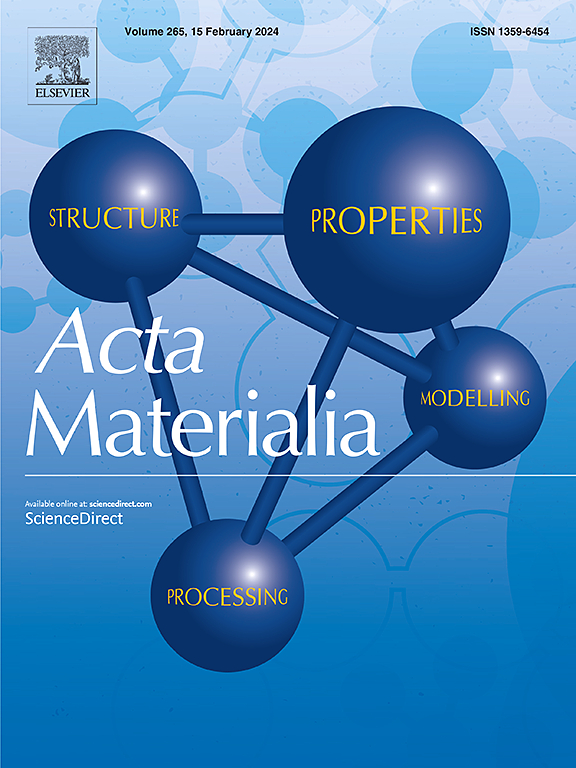Multiscale characterization of WAAMed martensitic stainless steel: Correlation between experimental AM thermal cycles, microstructural evolution and mechanical properties
IF 8.3
1区 材料科学
Q1 MATERIALS SCIENCE, MULTIDISCIPLINARY
引用次数: 0
Abstract
An Er410 NiMo martensitic stainless steel thin wall was built using wire-arc additive manufacturing (WAAM) based on cold metal transfer (CMT) to study the microstructural evolution during elaboration. For this purpose, thermal cycles were recorded in situ using thermocouples inserted in the melt pool and building parameters were tailored to maximize the reproducibility of thermal cycles. The wall structure was characterized from the macroscopic to the atomic scale and its hardness as well as its tensile properties were measured. Three macroscopic zones could be differentiated in the wall depending on the thermal conditions: the top zone, fully re-austenitized during deposition of the last layer, the middle zone, tempered by at least one thermal cycle and the bottom zone, under thermal influence of the substrate. The microstructure of the wall is almost fully martensitic, organized inside large columnar grains oriented towards the building direction, with a small fraction of residual inter-lath austenite only detected in the tempered middle layers. At the microscopic and mesoscopic scales, C, Cr and Ni atomic segregations are revealed in the top zone, and C and Cr segregations in the middle zone. During re-austenitization, necklaces of new small prior austenite grains (PAGs) formed at the boundaries of the previous ones. A strong microstructural differentiation occurs during the 3rd reheating, where the top of a layer is fully re-austenitized while the middle and bottom parts experience an inter-critical and subcritical thermal treatment, respectively. This differentiation leads to periodic oscillations of the materials’ hardness in the middle zone along the building direction which are mainly explained by different degrees of tempering in the martensite. Mechanisms are proposed to explain the different microstructural evolutions during elaboration. Finally, tensile testing shows isotropic mechanical properties, which are close to those of the desired commercial “tempered” state.

求助全文
约1分钟内获得全文
求助全文
来源期刊

Acta Materialia
工程技术-材料科学:综合
CiteScore
16.10
自引率
8.50%
发文量
801
审稿时长
53 days
期刊介绍:
Acta Materialia serves as a platform for publishing full-length, original papers and commissioned overviews that contribute to a profound understanding of the correlation between the processing, structure, and properties of inorganic materials. The journal seeks papers with high impact potential or those that significantly propel the field forward. The scope includes the atomic and molecular arrangements, chemical and electronic structures, and microstructure of materials, focusing on their mechanical or functional behavior across all length scales, including nanostructures.
 求助内容:
求助内容: 应助结果提醒方式:
应助结果提醒方式:


